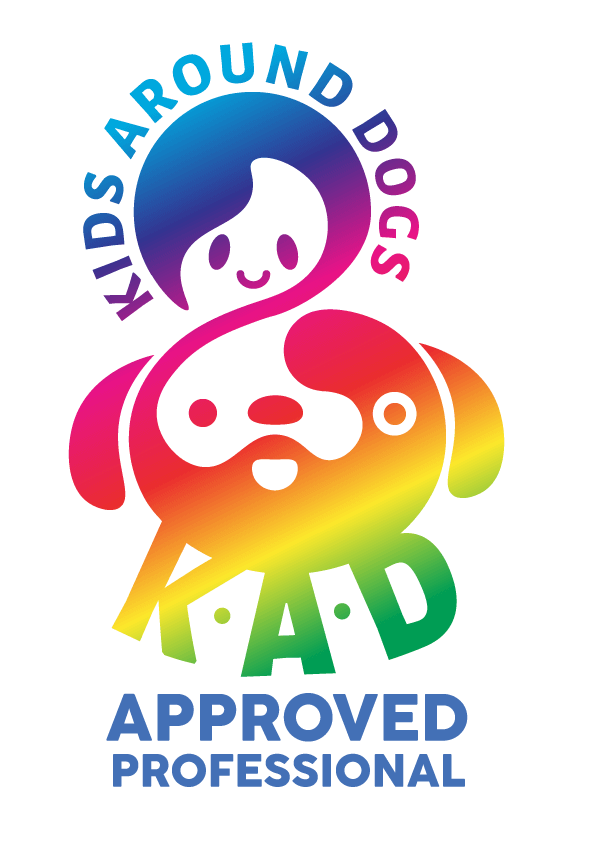Scientists have discovered what many owners have long suspected: dogs understand some of what we’re saying.
The study, conducted by the Eötvös Loránd University in Budapest, involved 13 dogs trained to lie motionless in an MRI scanner. The researchers were looking for brain regions that differentiated between meaningful and meaningless words, or between praising and non-praising intonations. The scanner enabled the team to monitor the dogs’ brains while they listened to recordings of their trainers speaking. These recordings included praise words, such as “well done” and “good boy”, to determine which parts of the brain the dogs were using.
The researchers found that the dogs processed words with the left hemisphere, while intonation was processed with the right hemisphere – just like humans. This means dogs can understand when owners are not being consistent in their language and tone of voice. That’s because the reward centre in the dog’s brain becomes active when an owner praises him in a meaningful or encouraging way, however, when the owner praises their pet in a neutral or meaningless manner, the dog recognises it is not really being praised.
Dr Attila Andics, who led the study, says: “We humans love talking to dogs, we call them by names, praise them, scold them but quite little is known about how dogs interpret our words…The results showed that dogs do care about what we say and how we say it. Dogs can also tell apart word meaning and word intonation.”
This study, published in the journal Science, is the first of its kind to investigate how dogs’ brains (and which parts) process speech. While some suggest the results show that dogs do care about what we say, as well as how we say something, others like Dr John Bradshaw say: “[the study] shows that dogs can discriminate certain sounds that they’ve heard before, using one part of their brains, while another reacts emotionally to the tone of voice…But that’s all: there’s no evidence that dogs understand ‘language’.”
how dogs’ brains (and which parts) process speech. While some suggest the results show that dogs do care about what we say, as well as how we say something, others like Dr John Bradshaw say: “[the study] shows that dogs can discriminate certain sounds that they’ve heard before, using one part of their brains, while another reacts emotionally to the tone of voice…But that’s all: there’s no evidence that dogs understand ‘language’.”
So, in essence the Budapest study supports what many of us trainers teach our students; that how we say something, how loud we say it, as well as our tone of voice and pitch and the consistency in our cues (for example, a verbal cue – “Sit, Fido”) are all an integral part of dog training, and can influence our dog’s day-to-day behaviour.
Learn more about our classes

Get Hanne's Book
Playing With Your Dog will help any dog owner work out the games that are best suited for their pet to play throughout his life, from puppyhood to old age. The book also shares some tricks for all ages, group activities, and recommended toys that dogs will enjoy.

























